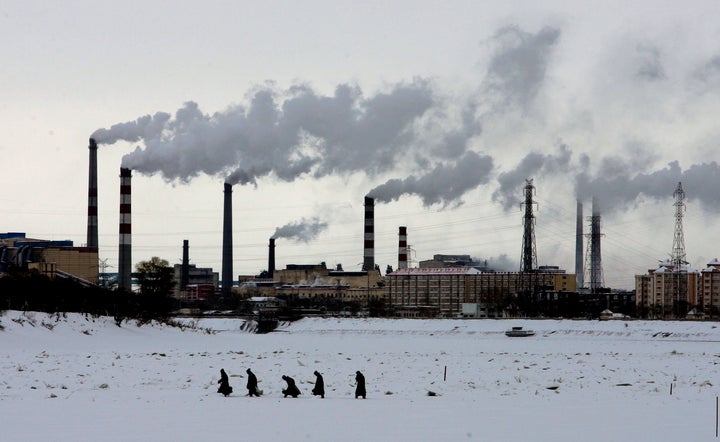
Today's announcement by EPA Administrator Lisa Jackson that the Environmental Protection Agency is proposing to regulate greenhouse gas emissions (GHGs) from factories, utilities and refineries is a big deal. The proposed rule would require new businesses and businesses that modify their operations and that emit 25,000 or more tons of GHGs annually to adopt what is called "Best Available Control Technology" to control those emissions. Jackson's actions are the direct result of Massachusetts v. EPA. In that case, the U.S. Supreme Court held that the Bush Administration's failure to regulate greenhouse gas emissions under the Clean Air Act wasn't justified. The Obama Administration has responded to the Mass v. EPA case by announcing that it will regulate greenhouse gas emissions under the Clean Air Act. Today's newly proposed rule is one step toward what is likely to be much more extensive regulations aimed not just at new businesses that emit large amounts of greenhouse gases but also at existing ones.
Many observers don't believe that the Clean Air Act is the most effective way to regulate greenhouse gas emissions. Many of the CAA's provisions were designed with more local pollutants, like those that form smog, in mind. But the EPA had no choice given the Supreme Court case and its proposed regulations should intensify the pressure on Congress to pass legislation like the Waxman-Markey bill or the Senate legislation introduced today by Senators Boxer (D-CA) and Kerry (D-MA). Industries that will be subject to the EPA rule are already clamoring to limit the EPA's power to regulate and in exhange many are supporting legislation like Waxman-Markey and Boxer-Kerry.
Industry won't stop, though, at pressuring Congress to limit the EPA's authority to regulate greenhouse gas emissions. They've already indicated they're likely to challenge today's newly proposed rule. The basis for their challenge is likely to be an ironic one: that the EPA isn't regulating enough businesses under its rule. Instead, the argument will be, the EPA should be required to limit the emissions of not just big emitters but also of small businesses, churches, apartment buildings and other small sources of greenhouse gases.
Here's why. The EPA's new rule imposes restrictions only on facilites that emit at least 25,000 tons of greenhouse gases per year. The EPA drafted the rule this way precisely so that very small emitters wouldn't be subject to regulation and so that the EPA wouldn't be overwhelmed with having to issue permits to hundreds of thousands of small businesses. And they probably also drafted the rule this way to look reasonable. The problem, though, is that the EPA is regulating greenhouse gas emissions under a section of the Clean Air Act that was designed with more traditional pollutants like carbon monoxide and sulfur dioxide in mind. So the Clean Air Act says that facilities that emit somewhere between 100 and 250 tons of any pollutant are subject to regulation, a more reasonable amount for traditional pollutants. Though Jackson's rule makes a lot of common sense, businesses are likely to sue to overturn it saying that the rule isn't consistent with what the Clean Air Act requires.
The long and the short of today's announcement of the new greenhouse gas emissions rule is that it will likely add to Congressional pressure to adopt an economy wide solution. If Congress doesn't act, litgation is a virtually certain result.